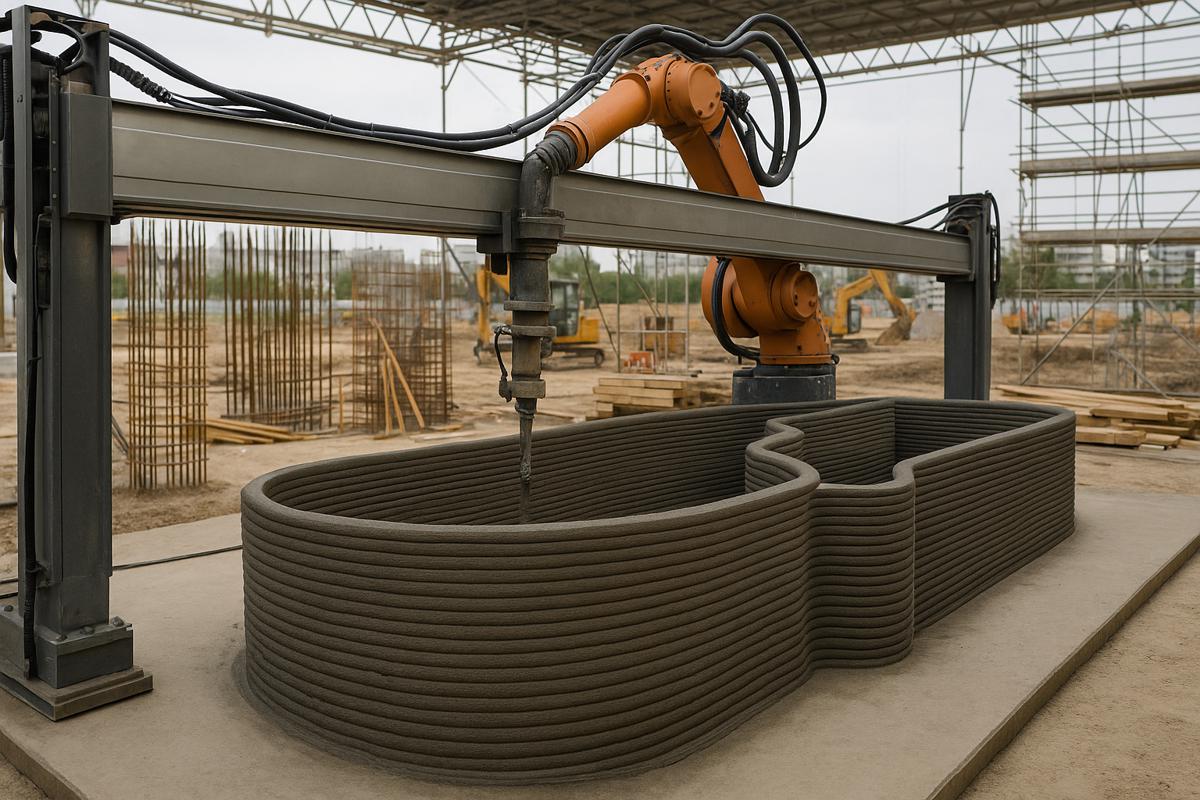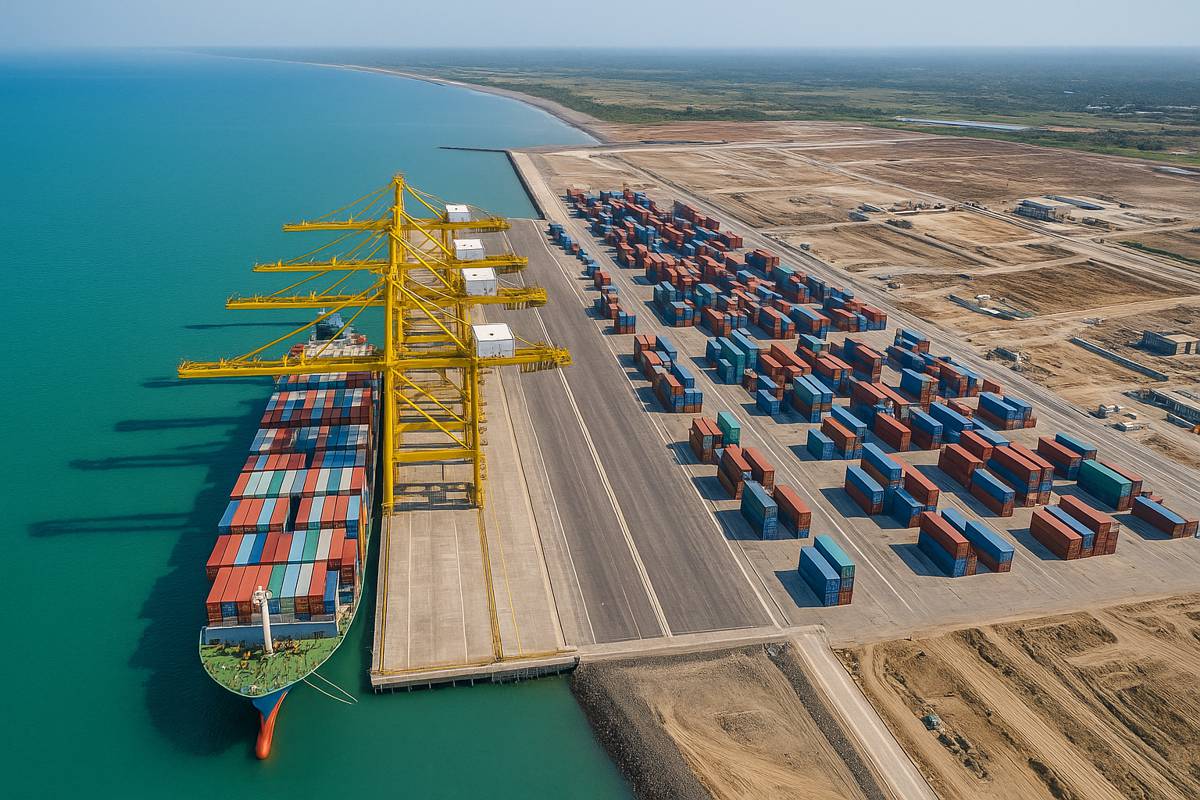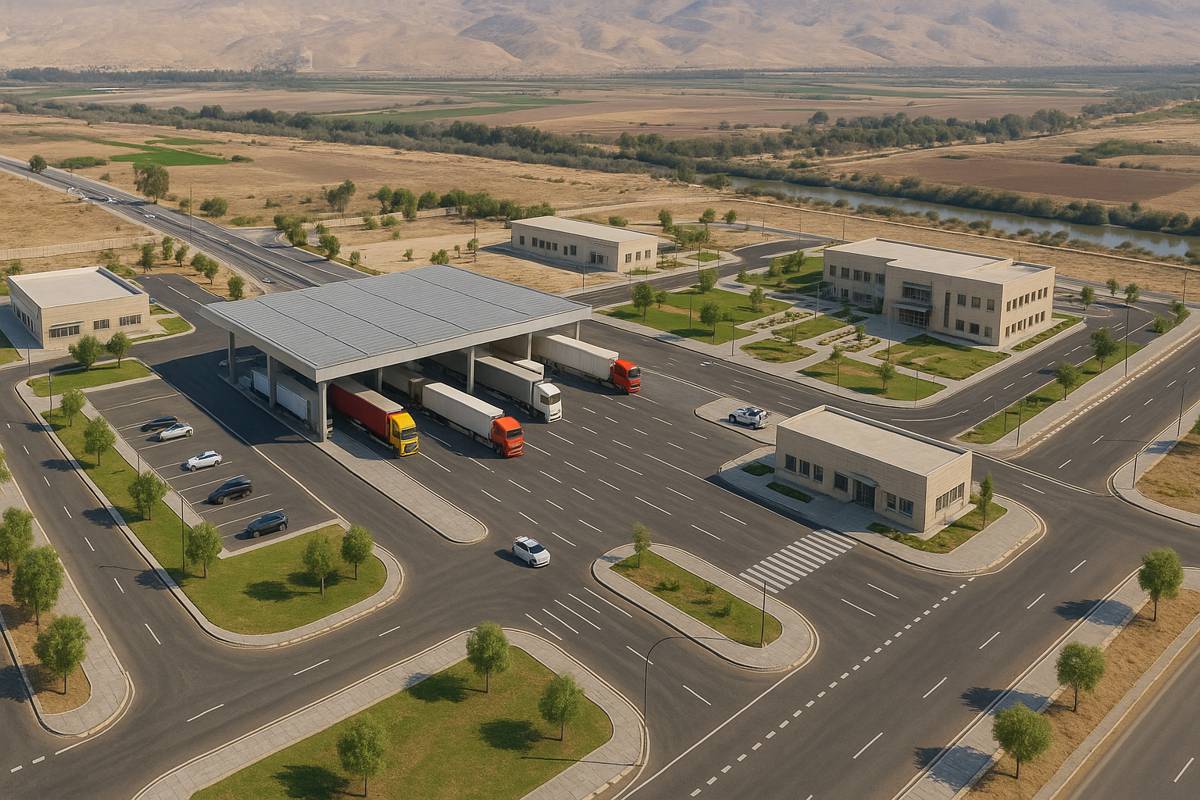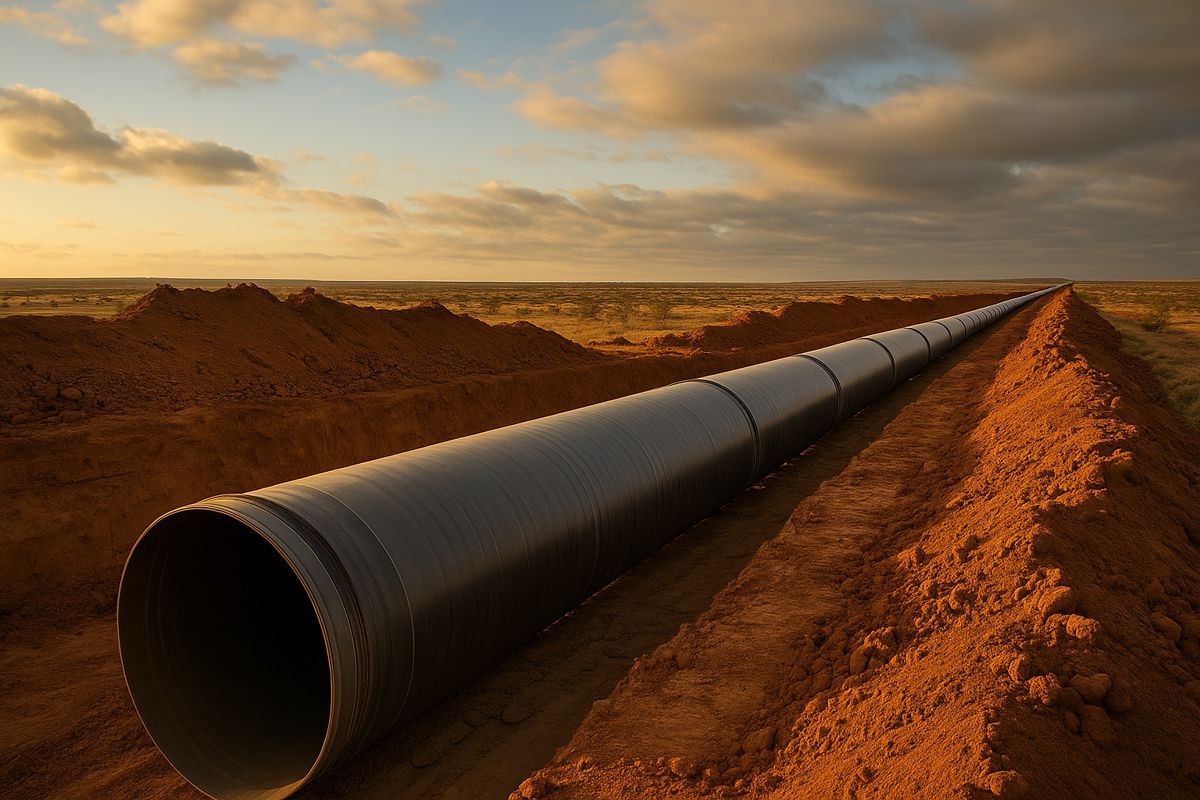Digital Fabrication Creates A Smarter Way to Build Sustainably
The construction industry has entered a new era of precision, sustainability, and digital innovation. With digital fabrication techniques transforming how structures are designed and built, engineers and architects are rethinking the very foundations of modern construction.
What once required months of manual labour can now be achieved with automated precision, using robots and 3D printers to craft intricate geometries with minimal waste.
Digital fabrication methods, ranging from 3D concrete printing to shotcrete and smart dynamic casting, are revolutionising how infrastructure takes shape. These methods don’t just save time and materials; they also support the global shift towards sustainable development. Yet, choosing the right fabrication approach remains a tough nut to crack. The decision involves balancing multiple factors such as reinforcement capability, surface finish, material efficiency, and build area, all of which can dramatically influence the success of a project.
A study that changes the game
To tackle this challenge, researchers from the Department of Structural and Geotechnical Engineering at the School of Civil Engineering, Vellore Institute of Technology (VIT) in India, embarked on a ground-breaking study titled Selection of digital fabrication technique in the construction industry – A multi-criteria decision-making approach.
Led by M. P. Salaimanimagudam and J. Jayaprakash, the research provides a structured, data-driven framework for evaluating digital fabrication technologies. Their aim was simple yet ambitious: to bring scientific clarity to an area often dominated by trial, error, and intuition.
The science behind smarter selection
The team applied a combination of subjective and objective weighting methods, specifically the Analytic Hierarchy Process (AHP) and the Entropy method, to evaluate and rank fabrication options. This hybrid approach offers a fair balance, subjective analysis allows expert insight, while objective methods ensure the results aren’t biased by personal judgment.
The techniques evaluated include:
- Concrete 3D Printing
- Shotcrete
- Smart Dynamic Casting
- Material Intrusion
- Mesh Moulding
- Injection Concrete 3D Printing
- Thin Forming
Each was assessed across seven key criteria:
- Formwork utilisation
- Reinforcement incorporation
- Geometrical complexity
- Material enhancement
- Assembly complexity
- Surface finish
- Build area
By quantifying these factors, the researchers developed a ranking system that reflects both technological potential and real-world practicality.
Reinforcement, geometry, and scale
Among all the evaluation criteria, three stood out as the most influential: reinforcement incorporation, build area, and geometrical complexity. Together, they accounted for almost 70% of the total weighting. This insight is telling, it highlights how modern construction prioritises strength, scalability, and design freedom.
As the report notes, “These criteria collectively define the balance between structural integrity and architectural expression, ensuring that innovation doesn’t come at the cost of safety or functionality.”
This emphasis on reinforcement is particularly crucial in large-scale civil works, where digital fabrication must meet stringent structural codes. Likewise, build area determines scalability, whether a technique is suited for prefabricated modular systems or on-site printing of full-scale components. Geometrical complexity, meanwhile, defines the creative potential of architects to design forms previously deemed unbuildable.
Concrete 3D printing leads the charge
In the final ranking, Concrete 3D Printing emerged as the top performer, followed by Shotcrete and Mesh Moulding. These techniques showed the best overall balance of manufacturability, adaptability, and efficiency.
Concrete 3D printing, already celebrated for its ability to minimise formwork and material waste, outshined other contenders by scoring high across nearly all evaluation categories. Its capacity for complex geometries, coupled with reduced construction timelines and labour demands, makes it the frontrunner for future projects in both residential and infrastructure construction.
Shotcrete, on the other hand, remains a strong contender due to its versatility in structural reinforcement and on-site adaptability. It’s often used in tunnels, slope stabilisation, and complex concrete shells where traditional casting methods fall short. Mesh Moulding, with its unique ability to integrate reinforcement directly into the formwork, also earned praise for enabling lightweight yet strong structures.
As the authors note: “Concrete 3D printing has proven its superior capacity to combine automation, design freedom, and sustainability in a single process, setting a benchmark for the industry’s digital future.”
Why multi-criteria analysis matters
The real innovation in this study isn’t just about identifying the best fabrication technique, it’s about the process of decision-making itself. The multi-criteria decision-making (MCDM) approach offers a transparent, reproducible, and scalable way to assess technology in complex environments. For the construction industry, which often deals with competing priorities such as cost, time, quality, and environmental performance, such frameworks are invaluable.
By integrating AHP and Entropy methods, the researchers demonstrated that subjective expert opinions could be harmonised with objective data analysis, leading to decisions grounded in both experience and evidence. This hybrid model can be adapted beyond digital fabrication, potentially informing choices in materials selection, energy efficiency design, and sustainability assessments across the built environment.
Broader implications for sustainable construction
Digital fabrication aligns perfectly with the global agenda for sustainable development. By minimising material waste, optimising resource use, and enabling localised production, it reduces the carbon footprint of construction projects significantly.
For example, 3D printed housing has already shown remarkable promise in regions facing housing shortages. Using locally sourced materials and rapid automated fabrication, homes can be built faster and cheaper without compromising durability. Similarly, smart casting systems can produce bespoke architectural elements while cutting down on labour-intensive formwork.
Moreover, integrating digital fabrication with Building Information Modelling (BIM) allows real-time design-to-production workflows, ensuring precise resource allocation and error reduction. When coupled with AI-driven optimisation, these systems could lead to fully autonomous, circular construction ecosystems in the near future.
Challenges ahead
Despite its promise, digital fabrication still faces hurdles. Limited standardisation, high initial investment, and regulatory uncertainty continue to hinder widespread adoption. Additionally, the skill gap between traditional construction workers and tech-savvy digital engineers remains a pressing concern.
Industry experts suggest that collaboration between academia, policymakers, and industry leaders will be essential to bridge these gaps. Training programmes, certification frameworks, and pilot projects can help mainstream these technologies while ensuring safety and quality standards are upheld.
As Professor Jayaprakash emphasised in the study: “The success of digital fabrication depends not only on technological advancement but also on the ecosystem that supports its integration into existing construction workflows.”
Building a smarter, greener future
The findings from VIT’s research go far beyond academic circles. They set the stage for a more rational, data-driven construction industry where digital tools inform real-world decisions. With concrete 3D printing paving the way, and multi-criteria frameworks ensuring optimal selection, the industry is inching closer to a future where sustainability and innovation go hand in hand.
As automation, AI, and robotics continue to evolve, digital fabrication could become the backbone of a more resilient built environment, one that’s efficient, sustainable, and endlessly adaptable.




















